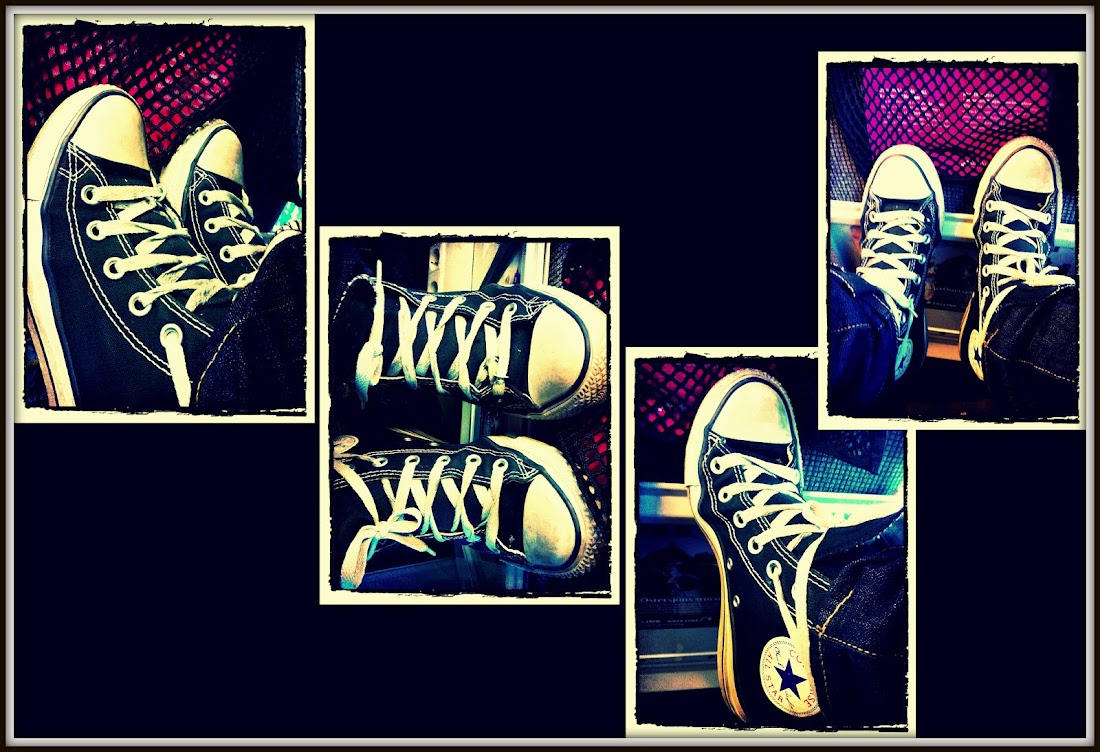Now, finally I have gone trough all of the pictures taken. I haven't sorted them in good and bad yet (read that blurry and sharp, because some blurry still are good pictures that show stuff!), but I have looked trough them, and erased the really poor ones.
| Lasse Andersson showing a morotedori Ikkyo, uke Mika Perälä |
As I said yesterday, Lasse and Mark are quite similar in how they do aikido. I remember thinking, "oh, that's what Lasse says too!", more than once this weekend, and I also said that "He says the exact same things as Lasse... Just in another language." This made this specific seminar fun, because you didn't have to spend time being confused over what the sensei did, and that makes it possible to get a high tempo training. This time, high tempo training were fun, but that doesn't mean you shouldn't train other styles of aikido too.
(All these pictures I have put up here are taken with my camera, but I have no idea if it's me or someone else who has taken them, and these seven are some of my favorite pictures)
(All these pictures I have put up here are taken with my camera, but I have no idea if it's me or someone else who has taken them, and these seven are some of my favorite pictures)
I have came to realize during this weekend, that the most important part of aikido is the hip. Even if you're centered and breath at the right moment, and know the exact angles for any technique, the hip movement is still the most important part. You use your hip to get into a position with a great center. That is the most important thing I have realized now, and something I will remember and that will be vital in my aikido training, and this will probably be the things I build my aikido around.
| Training ken outside. |
Once again, I would say that martial arts, it's not a hobby. It is a lifestyle. You can bring so many things from your martial arts training into your regular life. Attitude, confidence, posture, and a lot of other things to. Of course it is a hobby to, but it still manages to get into your life in a way many other ways of training does not.
One could never do to little martial arts. And this is not just aikido, it is all martial arts, but especially in the older budoarts, and those who are origined from them, like judo, aikido, brazilian ju-jutsu, where posture and things are vital and important parts of the training, and those postures are easier to apply to daily life than others.
I know that at least my confidence, my attitude and posture has changed in the few years since I started doing aikido, and also Kali Sikaran.
This is one of my favorite pictures from the weekend (one of a sequence, thank you Laila for your crawling on the ground to get this). All these pictures are unedited, and therefore there might be some stuff on it that I'm going to crop away later.
What Mark did, that was fun, was that he were telling stories about when he was with Saito-Sensei in Japan, but they were not to many, and they were relevant to the techniques or the situation.
He also is very down to earth and likable, just like Lasse, and that is something I admire. They teach us to be humble.
From this seminar I will take with me:
1. The hip movements important part in aikido.
2. The strength my (lack of) length gives me.
3. The confidence and motivation to become good at aikido and take a black belt
As you see, neither is some important things in specific techniques or anything, and that is because it differs from sensei to sensei in how they do it, so that is something that will show over time which is the most effective way for me to do the techniques, but I will still remember the differences and apply them when they are needed.
I would definatley train for Mark again, so I hope to be able to.
My thoughts about aikido and martial arts is that one should never train only one martial art, and I think that me doing Kali made my aikido better, and my aikido made my kali better, and I think that me trying BJJ, Sport Ju-Jutsu or Krav Maga also will improve my aikido, or if I decide to do something else.
If I could choose, these are the martial arts I would like to be real good at, and be a real good all-round martial artist:
Aikido, for the movement, the hip and the wrist-locks and joint-locks
BJJ, for fighting and wrestling on the ground with joint-locks
Kali Sikaran, for knife-defense, sticks and boxing
Judo, for throwing and falling
Kendo or Iaido for another understanding of the ken/sword
Every martial art has its own strength and only when understanding the differences and similarities and mastering them, one could say if it works or not.
| Me with the two senseis! |

Inga kommentarer:
Skicka en kommentar